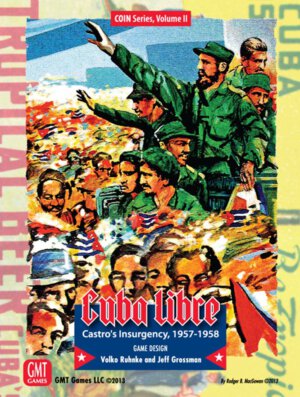
Publisher: GMT Games
Designer: Jeff Grossman and Volko Runke
Artists: Xavier Carrascosa, Rodger B. MacGowan, and Chechu Nieto
Year: 2013
Genre: Card driven COIN series game set during the Cuban revolution
Players: One to four players
Ages: 13+
Playing Time: Two and a half to three hours
MSRP: $69.00
Cuba Libre is the second title in GMT’s counter insurgency (or COIN) line of games, following Andean Abyss, and tackles the years of revolution on the island of Cuba. The game covers the years 1958 and 1959 as four factions compete to control the government. Players can take on the role of either Fulgencio Batista’s government, Fidel Castro’s 26th of July movement, the Directorio, or the U.S. mob otherwise known as the Syndicate. While a full complement of four players provide for the best gaming experience you can play with as few as one as flow charts are included to dictate the actions of nonplayer factions.
TGG Inside the Box
Catch the podcast review right here!
There’s a bit of discussion whether the COIN series can be considered wargames or not. The same discussion also applies to one of my favorite games out there as well, GMT’s Twilight Struggle, and I have to admit these titles are more game than straight simulation so I’m firmly in the non-wargame camp. These are still great titles though and deserving of attention from even the staunchest grognard.

Play in Cuba Libre is card driven as the 52 card deck provides players with the options of playing the event depicted or performing an Operation instead. As in Andean Abyss an interesting aspect of the gameplay is each faction can’t act on every turn; If you choose to do something in one turn you’ll have to pass in the next. Each of the Event cards also displays the turn order for that turn so who goes first, second, third, and so on will vary.
Each faction also possess asymmetrical Operations they may preform, ways of gathering resources, and victory conditions. This doesn’t mean taking the role of one faction over another means having to relearn the game but you’ll find it much different winning while sitting in Castro’s shoes that it is leading the Mob. This also means all four players aren’t necessarily always at each other’s’ throats the whole game and you’ll find yourself in strange 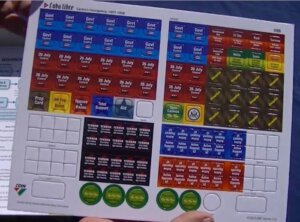
The action in Cuba Libre really is down and dirty as factions perform Assassinations, Bribery, Infiltration, Kidnapings, and other sorts of vicious Operations against each other. All while trying to build their power base and bring the support of the populace to their side of course. No one plays nice and all parties involved have plenty of blood on their hands.
As the game continues through the Event deck you’ll encounter four Propaganda cards which trigger the Propoganda Rounds. These rounds are points in the game where victory conditions are checked, as well as some in game house cleaning and resource gathering will be completed, but if any faction (or factions) has achieved their required conditions they’ll win. If no one is declared the winner you’ll continue to play until the fourth Propaganda card is revealed and then whoever is closest to, or even beyond their requirements, pulls off the win.
I really got a bang out of Andean Abyss but the truth is I like Cuba Libre better. This is saying a lot since I gave AA a 9.1 and I’ll explain why I feel this title is a better game. In Cuba Libre the setting is much smaller and each faction is in direct conflict with opponents right off the bat. While AA had a bit of 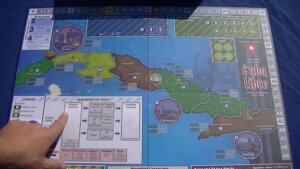
Lastly, and this might sound a bit strange, I think there’s more appeal (especially for American gamers) with the Cuban revolution than the late 20th and early 21st century strike in Columbia. Most Americans at least have an inkling of Castro’s rise of power in Cuba although no doubt not an extensive understanding – the Cuban revolution hits close to home but not too close.
One complaint I’ve heard from some folks is the fact that since everyone’s forces are displayed right on the board there isn’t much fog of war. I completely understand the knock, and it’s especially valid in a game focused on insurgency and counter insurgency, but I honestly don’t feel it’s a huge problem because, as I stated earlier, Cuba Libre is more game than sim.
I have to say Cuba Libre is another winner in the COIN line and may turn out to be the most accessible and quick playing of the series. For those who enjoy a solid card driven experience, which provides plenty of strategic options, pour yourself a tall rum and Coke, toss in a lime, and grab a copy of Cuba Libre.
[rwp-review id=”0″]
- The World Below Fantasy RPG has Landed in Print and PDF - Mar 7, 2025
- The Wild Frontier of Venture Passes 600% Funding Mark on BackerKit - Mar 7, 2025
- Score Heroic Savings with the Tiny Supers Bundle - Mar 7, 2025










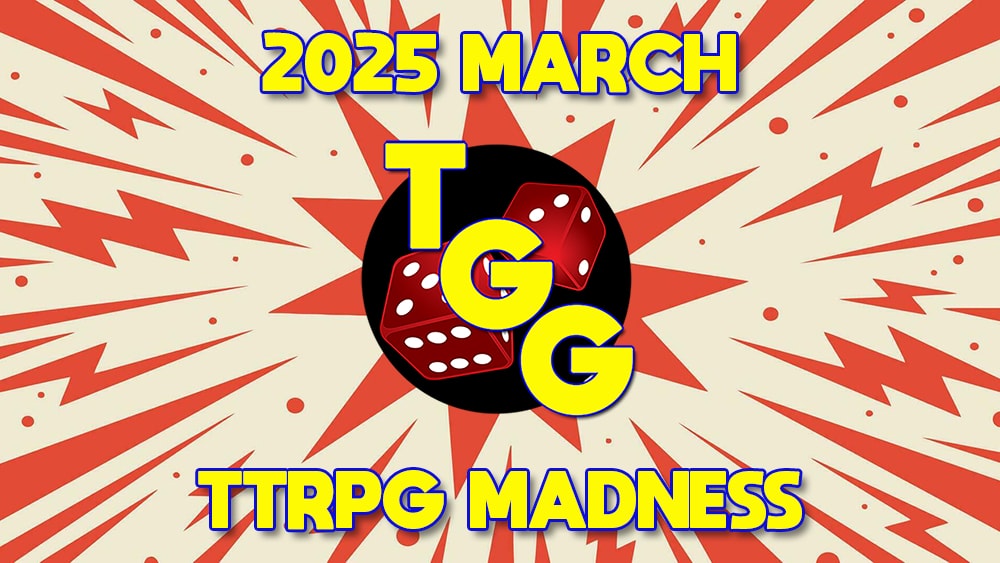

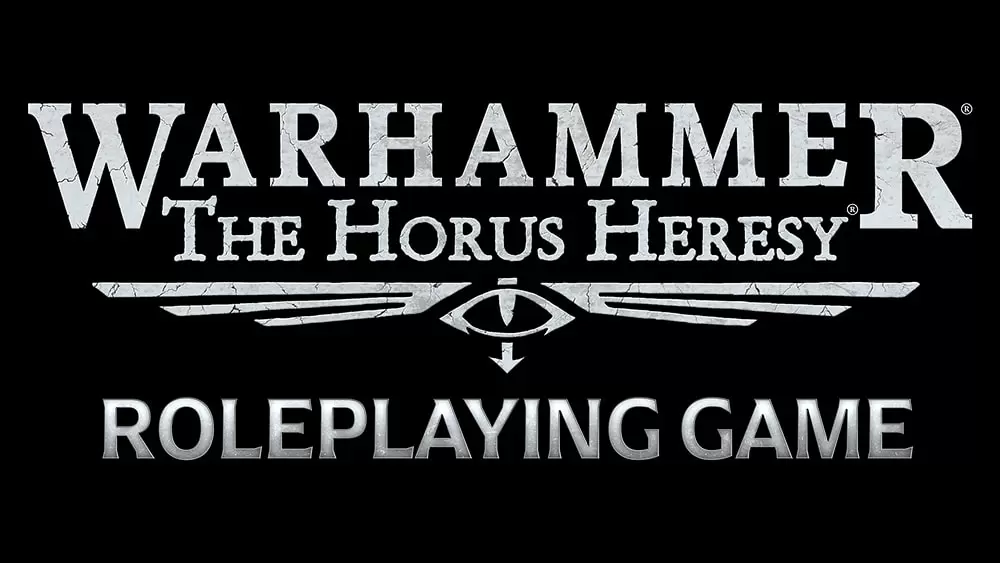
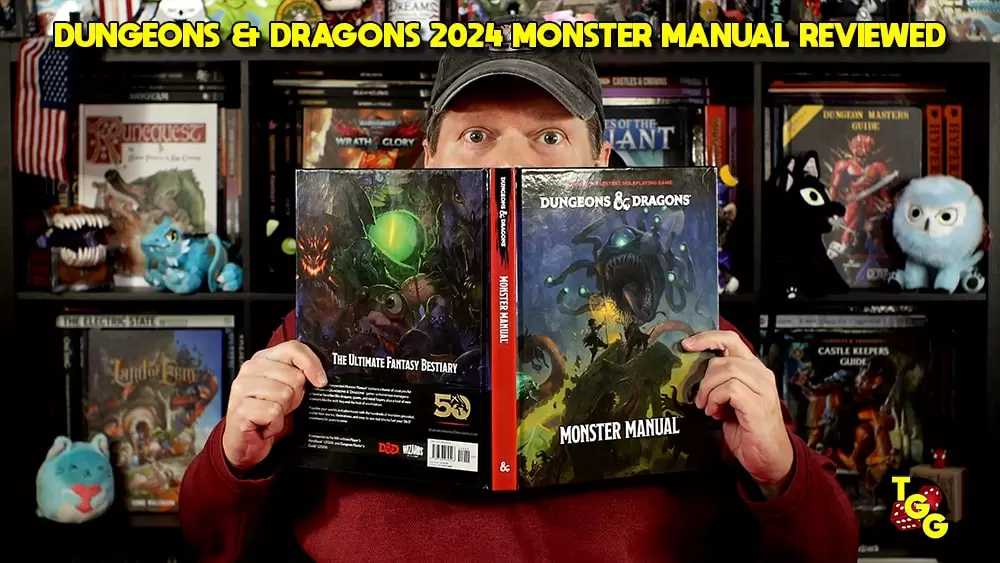





Hi Jeff, thanks for the great review!
Regarding no hidden units, I tried in the Series design to get at that effect more cleanly, with the Underground/Active Guerrilla mechanic: you may know Castro has two units and base in the Sierra Maestra (as the Government did), but “Underground” means you don’t know exactly where they are to strike them.
I think the results mimic guerrilla warfare well enough, without writing down or otherwise tracking hidden forces.
Hasta siempre! Volko
I agree there’s enough in the design to keep the game flowing while providing a sense of the guerilla war. I just wanted to mention some folks have complained there’s less fog of war than they’d like. Personally I think written units of hidden movement would bog the game down and defeat the idea of a good meaty game playable in three hours or less with a full compliment of four players.